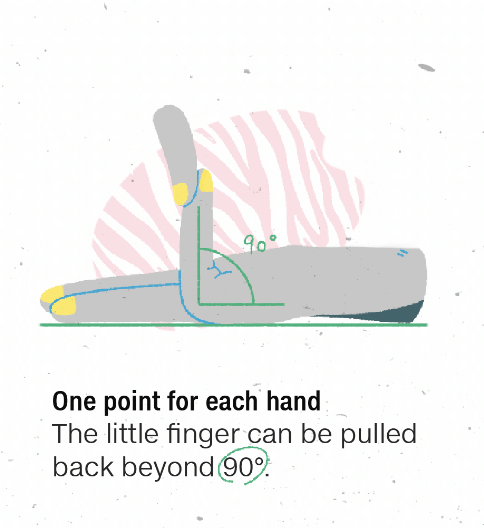CNN — One day in July 2021, my then 15-year-old daughter Poppy stumbled and fell while walking down some stairs, grazing her knee. It wasn’t a serious wound, but over the weeks it didn’t heal.
Around the same time, her wrists and knees became sore; her ankles started rolling when she walked; her hands began shaking; her headaches and stomach aches became more frequent and intensely painful. She was always exhausted.
Before her health declined, Poppy had enjoyed horse riding and gymnastics, she’d competed in cross country races and been a fearless goalkeeper for the school hockey team.
But within a couple of months, as walking became increasingly difficult, she asked me for a walking stick. We found one that folds up and fits neatly in her school bag.
I took Poppy to doctors who conducted tests, but they couldn’t find out what was wrong with her. Then, in October, a breakthrough.
A podiatrist who was measuring Poppy for insoles to support her aching feet asked if Poppy could bend her thumb to reach her forearm. She could. Could she pull her little finger back to form a 90-degree angle with the back of her hand? She could do that, too.
“Have you heard of Ehlers-Danlos syndrome?” the podiatrist asked me. I hadn’t – so as soon as I got home, I went looking on the internet.
There are 13 types of Ehlers-Danlos syndrome (EDS), according to research and advocacy organization The Ehlers-Danlos Society.
Most types are very rare, and can be diagnosed using genetic tests. However, the genes that cause hypermobile EDS (hEDS) – the most common form, accounting for about 90% of cases – are unknown, so diagnosis is based on a checklist of symptoms. The list includes a hypermobility rating, known as the Beighton Score.
Poppy had enough symptoms to qualify for hEDS, and the diagnosis was confirmed by a doctor one year ago, on Christmas Eve. He told us that although we can do our best to alleviate some symptoms, there is no cure.
Poppy reacted to the news better than I did. She had known for some time that something was fundamentally wrong … READ MORE.



